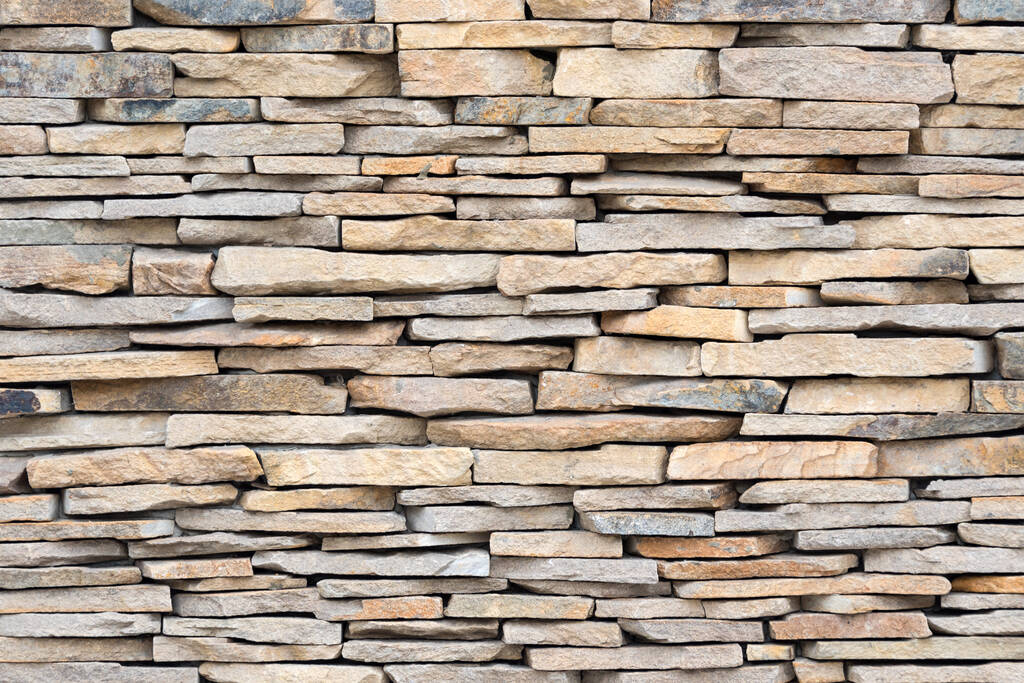Enhancing Aesthetics and Durability with Brick Veneer: The Perfect Blend of Beauty and Function
Brick veneer is a versatile and popular building material that has stood the test of time. It offers a unique combination of aesthetic appeal and durability, making it a preferred choice for architects, builders, and homeowners alike. Whether used as an exterior cladding or an interior design element, brick veneer adds character, warmth, and sophistication to any structure.

In this article, we will explore brick veneer’s benefits, installation process, and design possibilities, highlighting its ability to transform spaces into timeless works of art.
- The Benefits of Brick Veneer: Brick veneer offers numerous advantages over solid brick construction or other types of cladding materials. Firstly, it provides the classic look and charm of traditional brickwork while being more cost-effective. By utilizing a thinner layer of bricks, brick veneer reduces material costs without compromising aesthetics. Additionally, brick veneer is lighter than solid brick, allowing easier transportation and installation.
Moreover, brick veneer offers enhanced insulation properties. The air gap between the front and the structure creates a thermal barrier, reducing heat transfer and increasing energy efficiency. This insulation benefit helps maintain a comfortable indoor environment while reducing energy consumption and costs.
Another advantage of brick veneer lies in its low maintenance requirements. Unlike solid brick construction, which may require occasional repainting and maintenance, the brick veneer can withstand the elements with minimal upkeep. It is resistant to fading, chipping, and weathering, ensuring a long-lasting and attractive facade.
- Installation Process: Installing brick veneer requires careful planning and execution to ensure a seamless and visually appealing result. The process typically involves the following steps:
a. Surface Preparation: The surface where the brick veneer will be installed needs to be clean, flat, and structurally sound. Any existing cladding, such as stucco or siding, is removed, and the underlying surface is inspected for moisture or damage.
b. Weather Barrier: A weather-resistant barrier, such as house wrap, is installed to protect the structure from moisture penetration. This barrier acts as an additional line of defense against water infiltration.
c. Metal Lath Installation: Metal lath is affixed to the surface using appropriate fasteners. This provides a secure base for the mortar and brick veneer.
d. Mortar Application: Mortar is mixed and applied to the metal lath, creating a sturdy bond. The brick veneer is then carefully pressed into the mortar, ensuring proper alignment and spacing.
e. Jointing and Cleaning: Once the mortar has been set, the joints between the bricks are filled and tooled to achieve the desired appearance. Excess mortar is carefully removed, and the surface is cleaned to reveal the natural beauty of the brick veneer.
- Design Possibilities: Brick veneer opens up a world of design possibilities, allowing architects and homeowners to create unique and visually striking spaces. It can be used to enhance both the exterior and interior of a building, adding texture, depth, and character.
In exterior applications, a brick veneer can be combined with other cladding materials, such as wood or metal, to create a visually appealing contrast. It can also be used as an accent feature on specific areas of the facade, such as entryways or gables, adding visual interest and curb appeal.
Internally, a brick veneer can be used to create feature walls or fireplace surrounds, instantly transforming a space into a cozy and inviting environment. It can be installed in various patterns, such as herringbone or stacked bond, to achieve different aesthetics and design effects.
Furthermore, brick veneer offers a wide range of color options, from earthy reds and browns to muted grays and whites. This versatility allows for seamless integration into any architectural style, whether it be traditional, contemporary, or industrial.

Brick veneer is a timeless building material that effortlessly combines aesthetics and durability. Its ability to mimic the look of solid brick while offering cost savings, insulation benefits, and low maintenance requirements makes it an attractive choice for both residential and commercial projects. The installation process, although meticulous, yields a beautiful and long-lasting result. With its vast design possibilities and versatility, brick veneer continues to be a popular choice for those seeking to enhance the beauty and functionality of their structures, ensuring a lasting impression for years to come.
